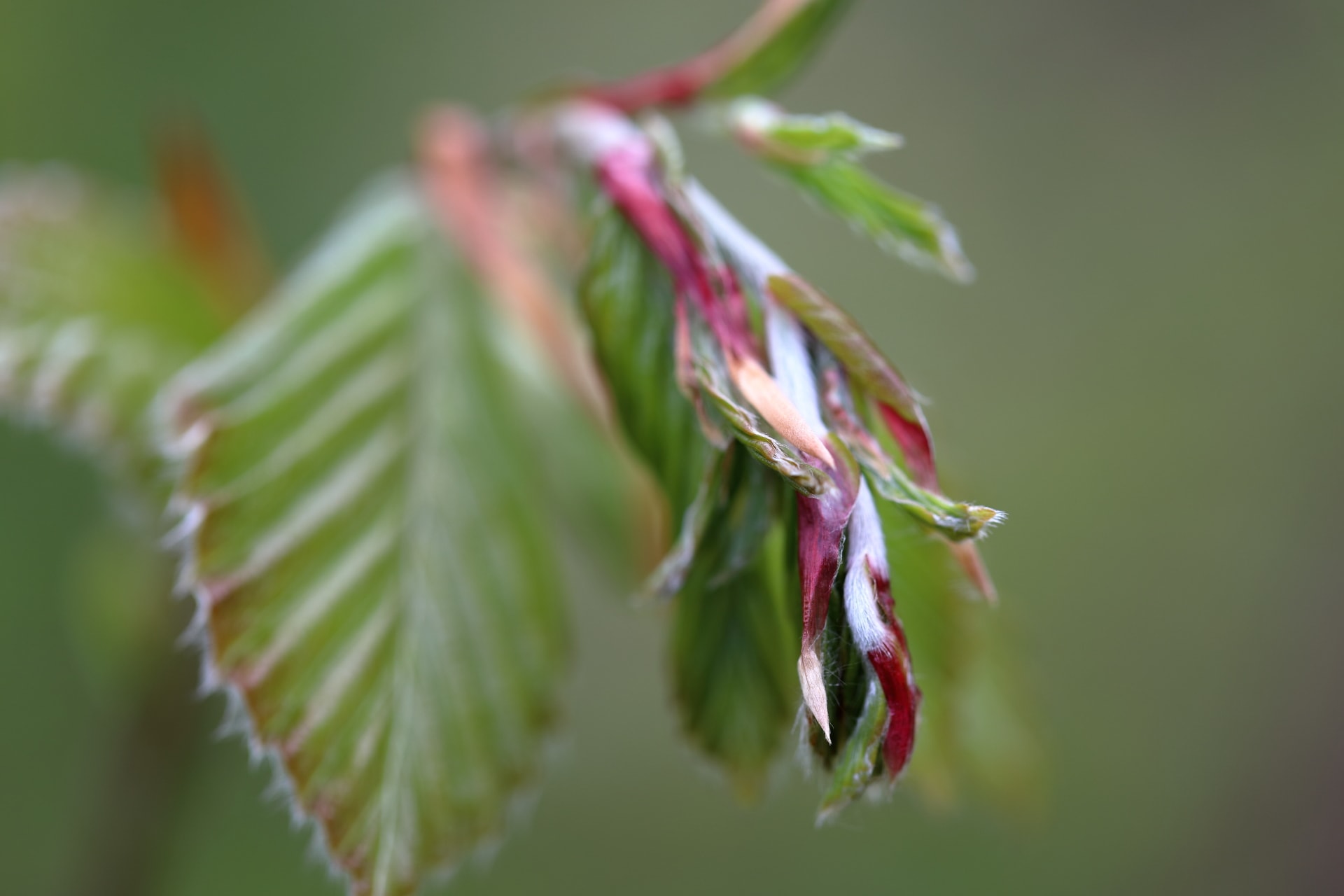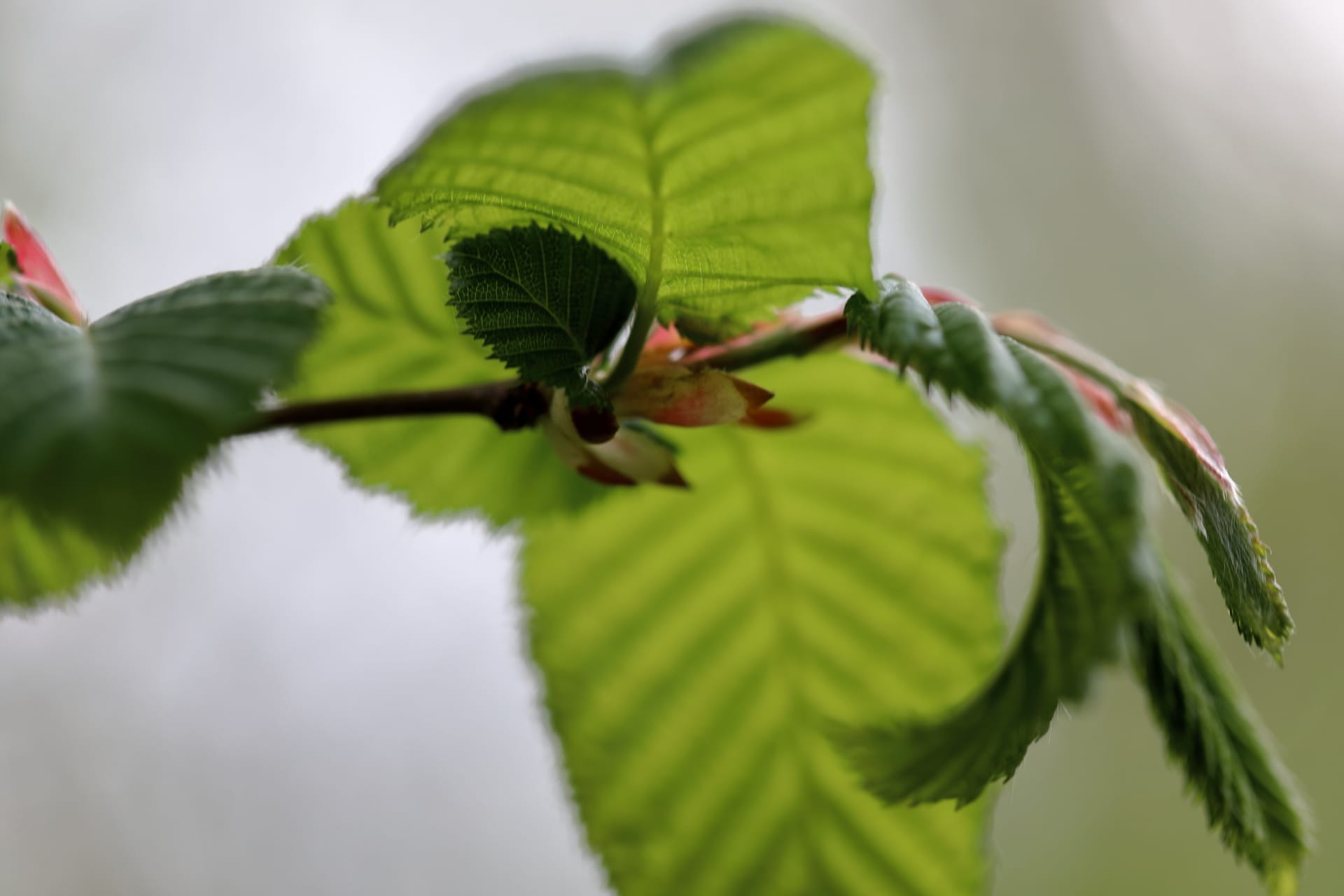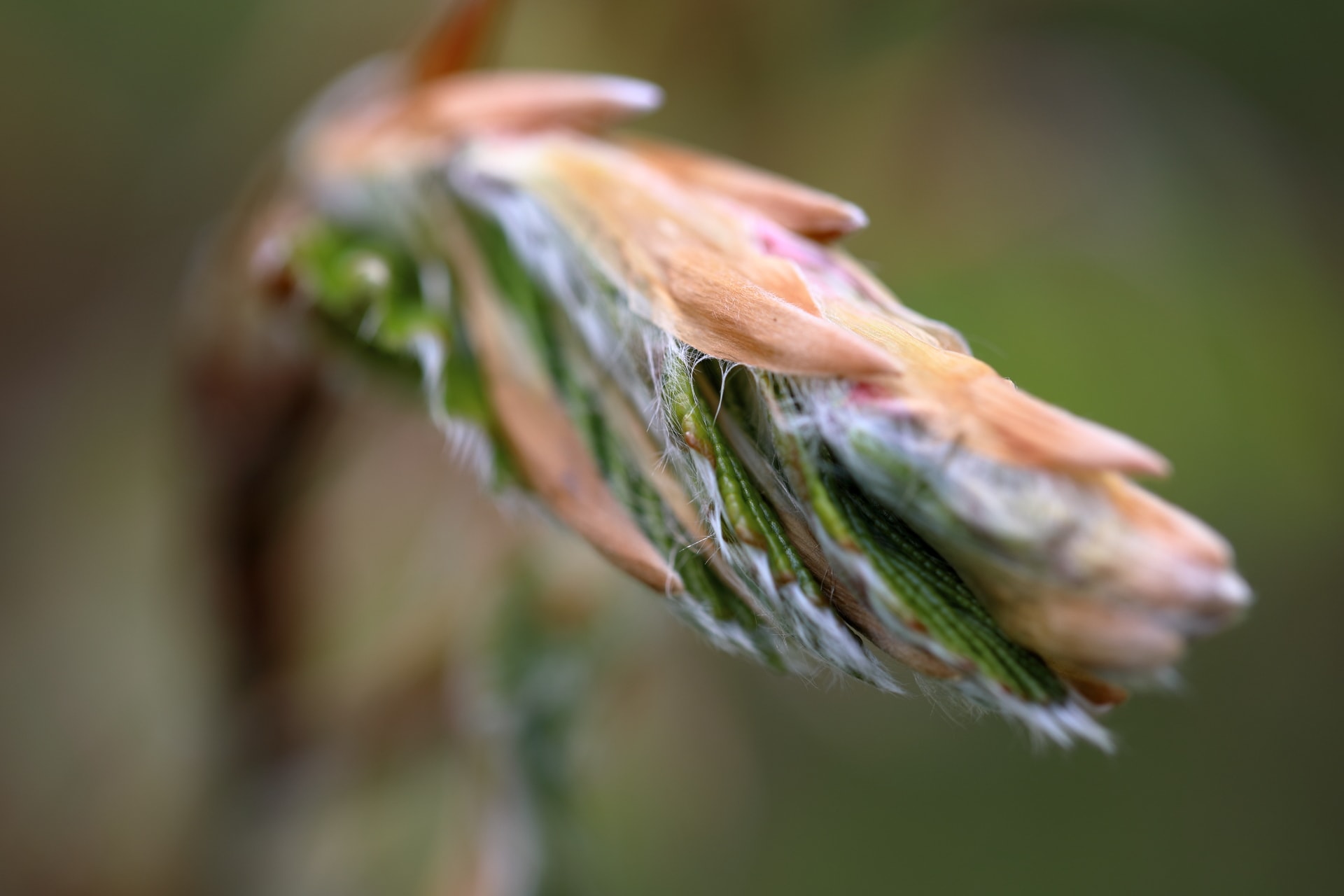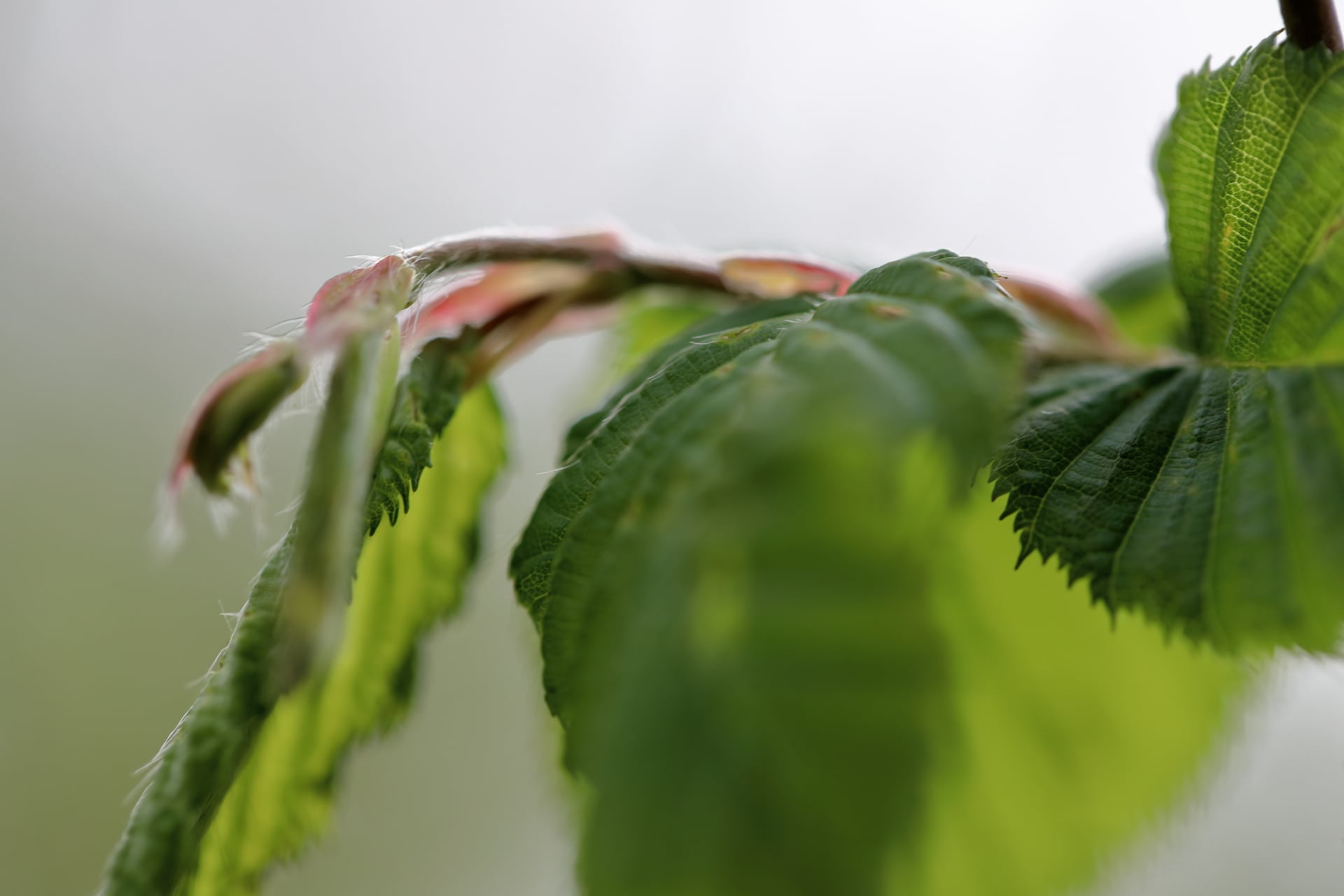
The Man Who Planted Trees

A few years ago I made a documentary film for the Bayerischer Rundfunk about the Durance region in the south of France. In this film I also made reference to the Provençal writer Jean Giono and interviewed his daughter. The story “The man of the trees” – “L’Homme qui plantait des arbres” is a touching text, which is even more relevant today because of the ongoing destruction of nature and climate change.
“About forty years ago, I made a long walk on foot on the heights of the Alps, which are not noticed by tourists and which descend towards Provence. (…) I roamed the highlands where they were widest and after three days I found myself in an incomparable desert. I camped near a deserted village. I had not had water since the evening before, so I had to find some. The houses, densely packed like a wasps’ nest, whether decayed or not, made me think that there must have been a spring or well here once. “There was a spring too, but it had dried up.”
“After five hours of walking I still had not found any water, and nothing could give me hope of finding any. Everywhere the same drought, the same scrawny grasses. Then I saw a small black silhouette in the Feme. I thought it was the stump of a lonely tree. So, with a bit of luck, I walked towards it. It was a shepherd. About fifty sheep were lying on the hot ground, resting beside him.”

“It was immediately agreed that I should stay the night; the next village was more than a day’s journey from here.
“The shepherd, who did not smoke, fetched a small sack and poured a pile of acorns on the table. He set about examining them carefully, separating the good from the bad. I smoked my pipe. I offered to help him. But he said this was already his business.
“This man spread peace around him. The next morning, I asked him if I could rest with him for the rest of the day. He drove his flock out of the stable and led them to pasture. Before leaving, he soaked the sack with the carefully selected and counted acorns in a bucket of water. I noticed that instead of a stick, he took an iron bar as thick as his thumb and about a metre and a half long.”
“When he had arrived where he wanted to go, he began to drive his iron rod into the ground. So he made a hole and put an acorn in it, then he closed it again. He planted oak trees. I asked him if the land belonged to him. No, he replied. (…) I must have been very persistent in my questioning for him to reply. For three years he has planted trees in this solitude. He had already planted 100,000. Of the 100,000, 20,000 had been planted. Of these 20,000, he reckoned that he would lose half of them due to rodents or circumstances that could not be foreseen in the plans of Providence. So there remained 10,000 that sprang up where there had been nothing before.”
“So the 1910 oak trees were ten years old and higher than me and him. This spectacle was impressive, I was literally speechless, and because he didn’t talk either, we spent the whole day walking around the forest in silence. He measured in three sections eleven kilometers in length and three kilometers in the greatest width. When you remembered that all this came from the hands and heart of this man, without any technical means, it occurred to you that people in other areas could be as creative as God, not only in destruction.”

“He had pursued his idea further, and beech trees reaching up to my shoulders, as far as you could see, proved it. The oaks were dense and were past the age where rodents could do them harm.”
(40 years later) “Everything had changed, even the air. Instead of the dry and violent winds that once welcomed me, a gentle breeze full of fragrances was blowing. A murmur, similar to that of water, came from the heights: It was the wind in the woods. And finally, the most amazing thing, I heard real murmuring of the water in a pool. I saw they had made a well. There was enough water, and what moved me most was that a lime tree had been planted next to it, about four years ago, already strong, a symbol of the resurrection that could not be doubted.”
“Where I had seen ruins in 1913, clean farmhouses now rose up, beautifully plastered, which testified to a happy and pleasant life. The old springs, fed by the rain and snowfalls that attract the forests, bubble again. Water channels have been built. Next to each house a maple grove, and the fountains overflow into the carpets of green mint herb. The villages have been rebuilt little by little. A population has come up from the plain where the land has become expensive, has settled here and brought youth, life and enterprise. In the alleys you meet men and women, boys and girls who know how to laugh and who have regained their joy in rural festivities. If you add to this the old population – who have not been recognisable since they lived with pleasure – more than 10,000 people owe their happiness (to the man of the trees)”.

Leave A Comment